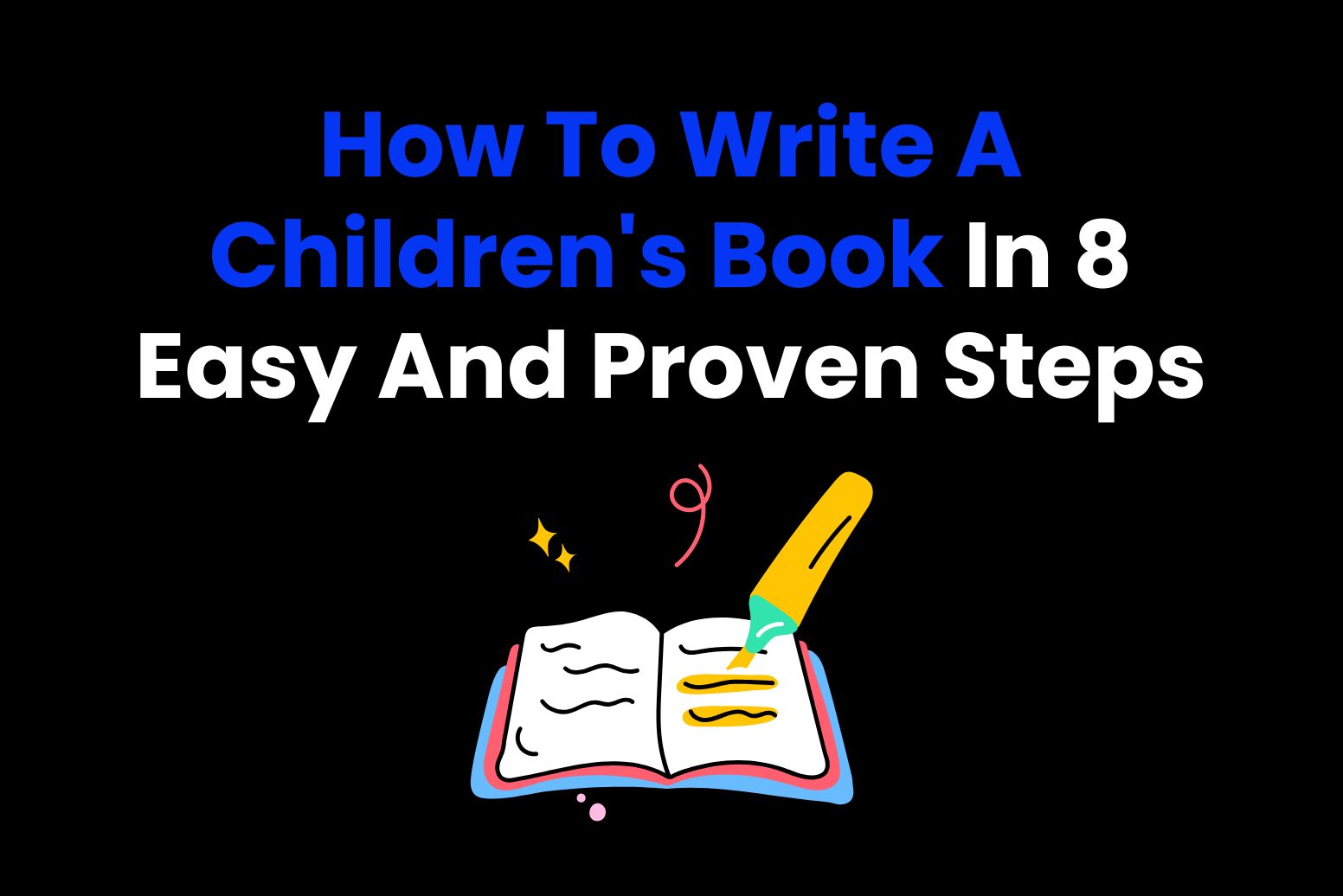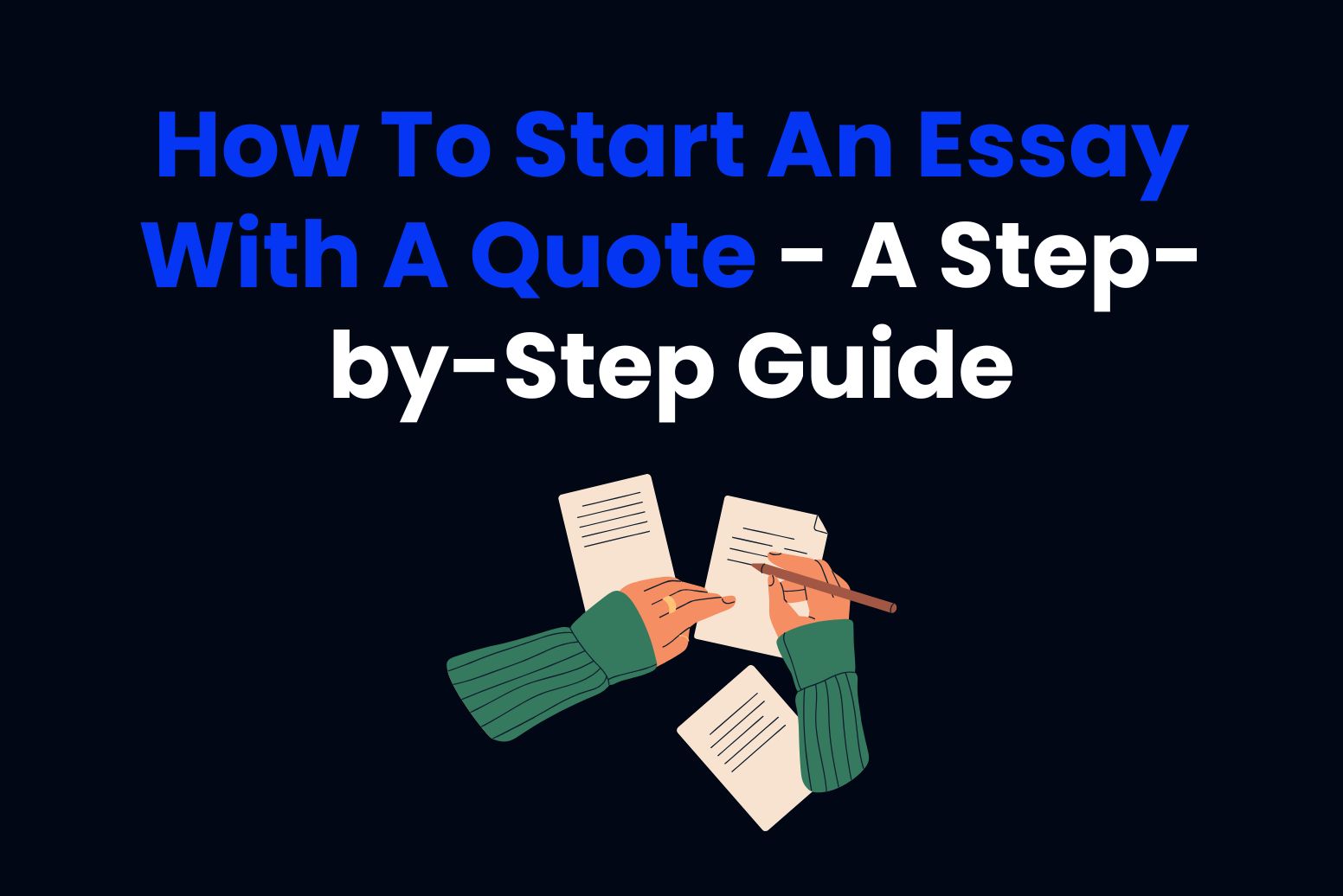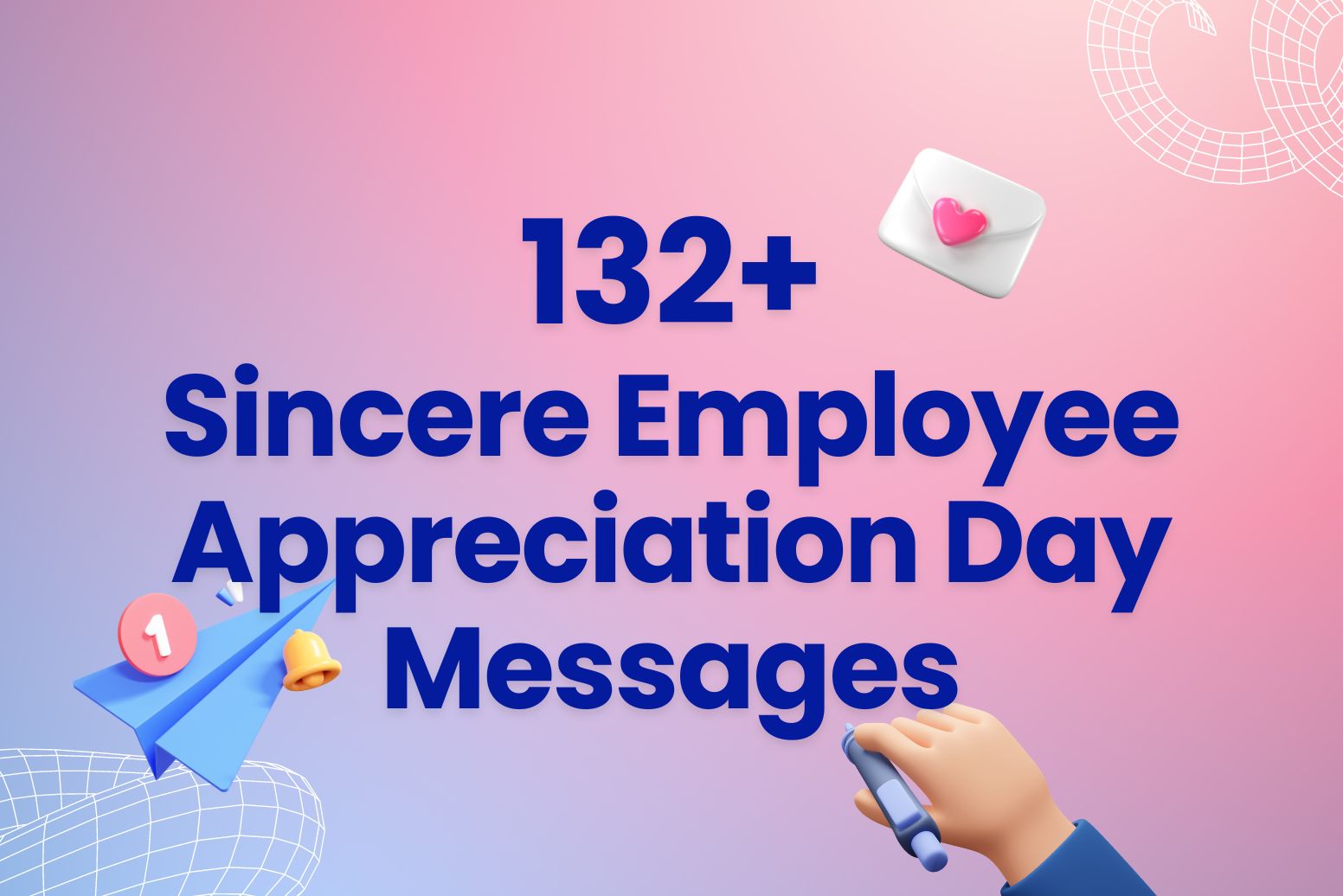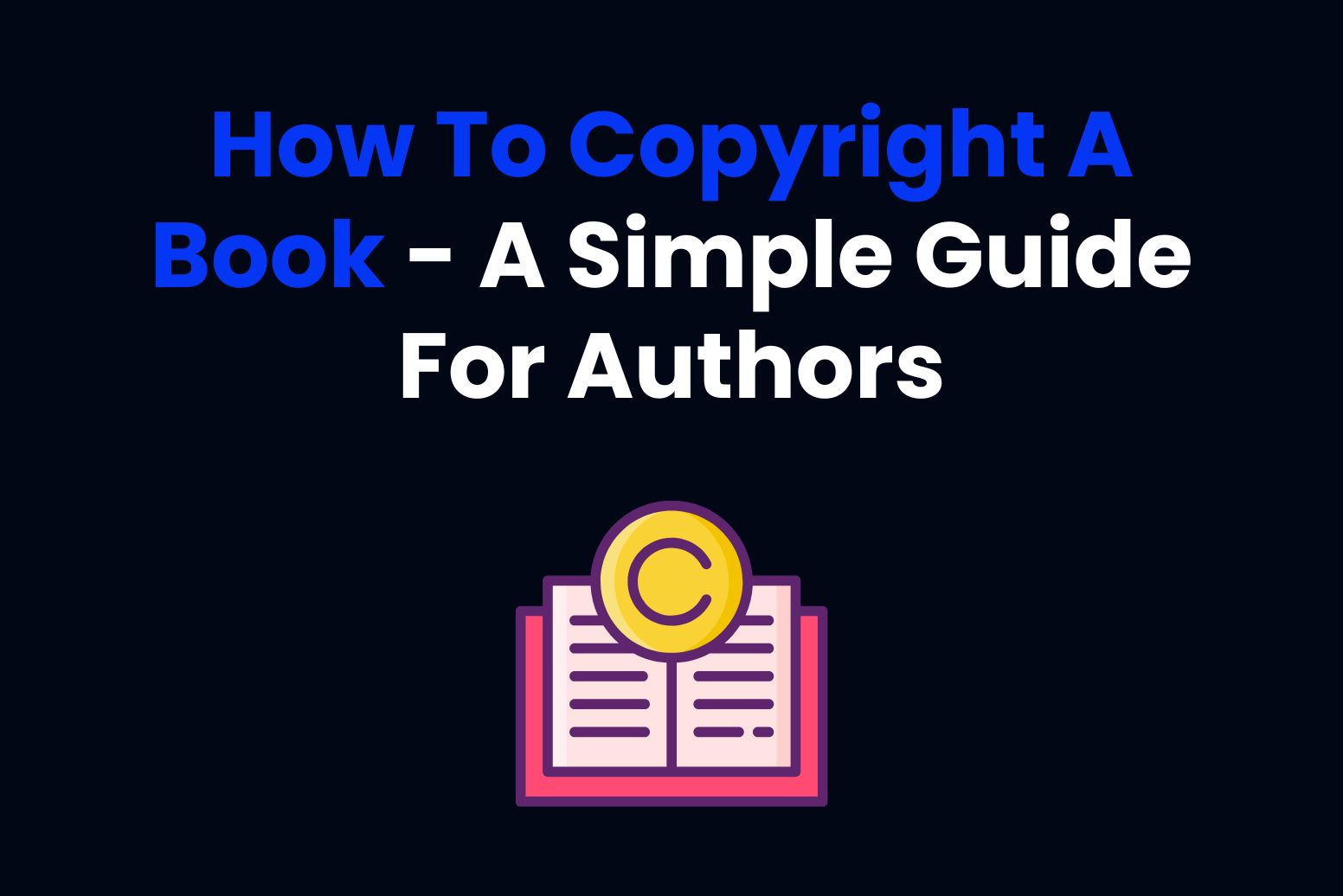Have you ever wondered how to write a children’s book that makes the kids say, “Read it again!” right after you’ve finished? Yes, the same book they’ll make their parents read every night instead of the 10 new books their Grandma got them for Christmas. Maybe you’ve dreamed of crafting the next “The Gruffalo” or “Diary of a Wimpy Kid”, but you’re not sure where to start.
Well, good news, you don’t need a magic wand or a degree in wizardry to write a children’s book. In this guide, we’ll uncover exactly how to write a children’s book that kids adore, and parents will love to read over and over again (because, spoiler alert, they’ll have to). Ready to bring your story to life? Let’s dive in!

Step 1: Understanding the Basics Of How To Write A Children’s Book
Before you dive headfirst into how to write a children’s book, let’s get clear on what makes children’s books tick. Writing for kids isn’t just about telling a story; it’s about creating a world so delightful and relatable that young readers (and their tired parents) will want to visit it over and over again. You want your book to be fun, meaningful, and short enough to keep their attention (because, let’s be real, kids can get distracted by, well, anything). Here are some important things you should know about how to write a children’s book for Amazon or any other platform:
What Makes A Children’s Book Different?
Children’s books aren’t a one-size-fits-all deal. They come in all shapes, sizes, and levels of complexity. Here’s a breakdown to help you find your sweet spot:
Picture Books (Ages 0-5):
These are the MVPs of bedtime stories! Picture books are vibrant, charming, and packed with illustrations that do most of the storytelling. The word count for these books is around 500-1,000 maximum, short enough to hold a toddler’s attention but magical enough to leave a lasting impression. The goal here is simple, sweet, and snappy!
Early Readers (Ages 6-8):
Early readers are for kids starting to read on their own. These are short books with simple chapters, designed to make new readers feel like rock stars for finishing a whole story on their own. The chapters are short, the words are easy, and the stories are fun and encouraging. Clear, straightforward language is key here.
Middle Grade (Ages 9-12):
Ah, the golden years of imagination! Middle-grade books are longer, with more detail and bigger stories. These are the books kids dive into and get lost in. These books have room for longer plots, layered characters, and more grown-up themes, but you still need to keep them fun and relatable. Some epic adventures and laugh-out-loud humour would be the key here.
What Next?
So, step one is to figure out who you’re writing for. A picture book about a robot’s existential crisis? Probably not. But a middle-grade story about a robot learning to be brave? Perfect! But what if you’re not sure if your audience will be able to grasp the concept of your book or not?
We’ve got help for you! Arvin AI, powered by GPT-4o, is an all-in-one writing assistant which can help you write anything from sermon topics to baby shower card messages. Ask Arvin AI if the topic you have in mind would be a good fit for your target audience or not, and get recommendations on how you can mould it in a better way!
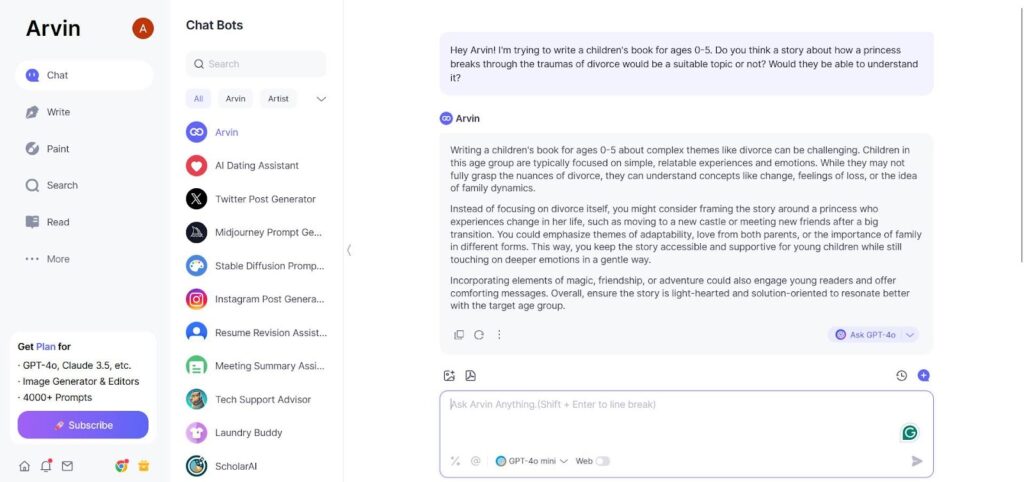
What Makes A Great Children’s Book?
If you want kids to love your book (and parents not to hide it after the 20th read secretly), here are the must-haves of your book:
Characters They’ll Love:
Kids connect with characters that stand out. Think of a brave kid, a funny dog, or even a cupcake with big dreams. The more unique and relatable your character is, the better.
A Fun, Exciting Story:
Kids can spot a boring story from a mile away (yes, really!). Your story needs to keep them hooked, whether it’s a dragon afraid of flying or a kid with a secret clubhouse that leads to another world. Add some surprises, challenges, or silly moments to keep your story interesting.
Feelings They’ll Recognize:
The best stories make kids feel something, whether that’s laughter, joy, or even a little sadness. Maybe your story makes them think, “Wow, that’s just like me!” Or perhaps it teaches them something about being brave, kind, or silly. Your book needs to have some of these emotions if you want it to be loved by little humans who are full of emotions!
Simple, Clear Writing:
Writing for kids doesn’t mean dumbing it down; it just means being super clear. Use words they’ll understand and sentences that are easy to follow. Keep it fun and to the point. Write with clarity and keep things easy to follow for them, making sure you’re not jumping from one scene to another with a big leap.
Once you nail these basics, you’ll have the foundation for a children’s book that kids (and their parents) won’t forget.

Step 2: Finding Your Inspiration And Story Idea
Every great children’s book starts with an idea, but where do those ideas come from?
Brainstorming Story Ideas
Here’s how you can brainstorm ideas for your children’s storybook:
- Tap into your childhood: What stories or adventures made your young self light up?
- Observe kids around you: Watch how children play, the questions they ask, and the things that make them laugh.
- Explore timeless themes: Friendship, courage, kindness, and curiosity are evergreen topics.
Developing a Unique Concept
Once you have a seed of an idea, it’s time to make it bloom! Consider twists that make your story stand out. For example, instead of a typical “princess in a castle” story, maybe your princess builds the castle herself with magical Legos. Sounds fun, right?
Step 3: Creating Compelling Characters That Kids Will Love
Characters are the heart of any story, especially in children’s books (yes, we’re talking about the superheroes here). Without characters, there’s no adventure, so let’s dive into how to write a children’s book with characters that kids will actually want to follow and cheer for.
Designing Relatable Protagonists
Your main character is the one who takes centre stage, so make them someone kids can root for. Maybe they’re a bit clumsy (who isn’t?), they’re always up for an adventure, or they stick with their friends no matter what.
These little traits make them feel real and relatable, even if they’re off on some crazy adventure with dragons or talking animals. Kids want to see themselves in the hero, so give them qualities that make them lovable and someone they’d totally want to be friends with.
Supporting Characters
Sidekicks and villains add depth to your story. Sidekicks are your character’s best buddies; they make the hero’s journey more fun. Villains? They’re essential for creating tension and challenges. But don’t just make them evil for the sake of it! Give your villain a reason for doing what they do, something that makes their presence a real threat to your protagonist’s goals.

Step 4: Crafting The Perfect Plot Structure For A Children’s Book
Even if your story is short, it needs a solid structure to keep kids hooked. Let’s break it down into three parts that will make your story unforgettable:
Writing An Engaging Beginning
First impressions matter—especially with kids! Start with something that grabs their attention right away, like a surprising event, a funny moment, or an intriguing mystery. For example: “It was the day all the stars fell from the sky, and Milo was the only one who noticed.”
Building Tension
This is the juicy part of your story! Introduce a challenge or a problem for your main character to tackle. Maybe it’s a missing magical key or their fear of speaking in front of the class. Whatever it is, it should feel big to your protagonist and relatable to young readers.
What could Milo be afraid of? We’ve got no creative ideas, so we’ll just ask Arvin AI for some ideas (life hack!).
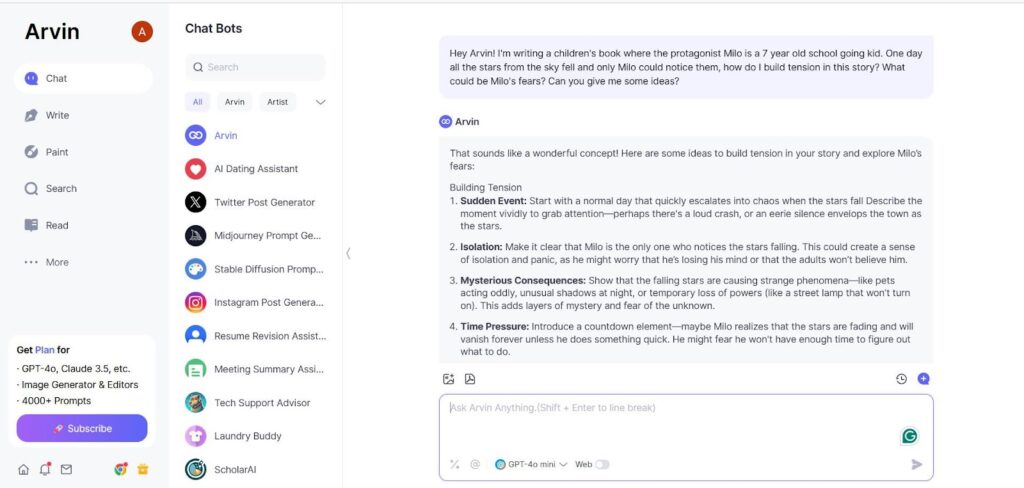
Those are some really creative ideas, aren’t they?
Crafting A Memorable Ending
Endings in children’s books should leave readers with a smile, a sense of wonder, or a happy little sigh. Tie up the story in a way that feels satisfying—whether that’s solving the big problem or showing how your character has grown. Make your ending as impactful as the beginning, and you’ll have kids coming back to your book again and again.
Step 5: Writing Dialogue That Sounds Natural In A Children’s Book
Next, you need to know how to write dialogue that feels real.
Age-Appropriate Dialogue
Kids don’t talk like adults, and they definitely don’t use big, fancy words. Stick to the language they’d actually use, and keep sentences short and snappy. Instead of writing, “Shall we embark on a quest for the golden treasure?” try something like, “Let’s go find that treasure!” It’s playful, direct, and sounds like something a kid would actually say.
Making It Relatable
Use dialogue to reflect on kids’ experiences and emotions. Maybe they’re excited about their first sleepover, frustrated with a sibling, or scared of the monster under the bed. These little touches make your characters feel real and relatable to young readers.
Add Humor And Playfulness
Don’t be afraid to throw in some silly or playful lines. Kids love humour, and a funny exchange between characters can make your story even more engaging. For example:
“Did you just eat all the cookies?”
“No! I only tasted them. With my mouth. All of them.”
When your dialogue feels natural, kids will connect with your characters and stay glued to your story!
Step 6: Bringing Your Story To Life With Illustrations
Let’s face it: kids love pictures (everyone does). Sometimes, they’ll even “read” a book just by flipping through the illustrations. That’s why the visuals in your children’s book are just as important as the story itself. Here’s how you can make them shine:
Team Up with an Illustrator
First things first, you’ll need a partner to bring your story to life visually. Working with an illustrator can be a lot of fun. You share your ideas, explain how you see the world you’ve created, and then let them sprinkle in their creative magic. The best collaborations happen when you trust the illustrator to add their unique flair while still staying true to your vision.
Make Sure The Art Matches The Vibe
Is your story about a spooky adventure in the woods? Then, you’ll want shadowy trees and mysterious creatures in the corners. The illustrations should feel like they belong to your story, helping kids feel the emotions and tone you’re aiming for. At the end of the day, the visuals are what will pull kids deeper into your world, so dream big and make those illustrations pop!

Step 7: Editing And Polishing Your Children’s Book Manuscript
Don’t worry if your first draft isn’t perfect. It’s not supposed to be! If you know how to edit a book, you’re all set!
Common Mistakes To Watch Out For
- Kids are smart, so don’t oversimplify or talk down to them in your writing. Instead, use language that respects their intelligence while still being age-appropriate. You should be speaking to them, not at them.
- Children’s stories don’t need multiple subplots or overly complex twists. Keep your story focused and easy to follow so young readers can stay engaged without getting lost.
Getting Feedback
Share your manuscript with parents, teachers, or even kids. Kids make great critics; they’ll tell you straight up if they’re bored or if they love it! Adults can offer insights on things like pacing, tone, and readability. Be open to suggestions, but stay true to your vision. Get feedback from someone who knows your work, not someone who just writes savage captions for Instagram.
Step 8: Publishing Your Children’s Book
Now it’s time to get your book into the world. Here are two main ways you can do it:
Traditional Publishing
This path involves submitting your manuscript to publishers or literary agents who specialize in children’s books. Follow their submission guidelines carefully, as every publisher has different rules. While this is a competitive route, landing a deal with a publisher means you’ll get professional editing, marketing, and distribution support.
Self-Publishing
If you’d rather have full control over your book, self-publishing is a great option. Platforms like Amazon Kindle Direct Publishing (KDP) allow you to upload your manuscript, design your book, and publish it online. Self-publishing gives you creative freedom and lets you keep a bigger share of the profits. However, you’ll need to handle marketing and distribution yourself; but don’t worry, that can be fun and rewarding too! If you want to go for self-publishing, here’s a quick breakdown of how to do it:
- Writing and Editing: First thing first, you write the book and hire an editor (optional but recommended) to polish it.
- Formatting: Next, you prepare your manuscript for print or digital formats. This includes proper layout and design for platforms like Kindle or print-on-demand.
- Cover Design: Create an eye-catching cover, either by hiring a professional or using design tools.
- Publishing Platform: Choose a platform like Amazon Kindle Direct Publishing (KDP), IngramSpark, or Smashwords to publish and distribute your book.
- Marketing and Promotion: Promote your book through social media, email newsletters, ads, or book launches.
Earning Royalties: Finally, you keep most of the profits, but the platform takes a small cut for each sale.

Market Trends In Publishing
Now you know how you can publish your children’s book, so you should have an idea of market trends to see what works and what doesn’t as well.
Marketing trends in book publishing are all about connecting with readers where they are. Social media is a big deal right now. Platforms like TikTok (#BookTok) and Instagram (#Bookstagram) are making books go viral. You’ve probably seen book recommendations pop up on your feed!
Publishers are also teaming up with influencers, running email campaigns, and even hosting virtual events like live Q&As to bring the readers and authors closer together. It’s all about finding creative ways to make books stand out and get them into the hands of people who’ll love them.
FAQS About How To Write A Children’s Book
Here are a few of the most frequently asked questions about how to write a children’s book:
What types of children’s books are in demand?
Children’s books that are fun, relatable, and reflect important values are in high demand. Right now, stories that focus on diversity, emotional intelligence, and environmental awareness are popular. Books that introduce STEM topics in a fun way, as well as adventure and fantasy stories, also grab kids’ attention. Basically, anything that entertains, teaches valuable lessons, or sparks imagination is what parents, kids, and educators are looking for!
Can I write a children’s book without professional writing experience?
Yes, absolutely! Many bestselling children’s book authors started with no formal writing experience. What matters most is your ability to create a fun, engaging story that resonates with kids. Practice, read extensively in your genre, and seek feedback from children, parents, or writing groups to improve.
Do children’s books need to rhyme?
No, rhyming is not a requirement. While rhyme can be fun and memorable, it’s more important to ensure your story has rhythm and flow. If you choose to write in rhyme, make sure it feels natural and doesn’t force the narrative.
How do I find inspiration for a children’s book?
Inspiration can come from anywhere, including your own childhood memories, daily experiences, kids you know, or classic tales with new twists. Observing what sparks children’s curiosity, humour, or imagination can provide great story ideas. Take notes when an idea strikes because even if it feels small, it could grow into a full story.
Take Home Message
Writing a children’s book is like building a little world where anything is possible. This is a place where cupcakes can talk, dragons learn to fly, and kids discover their own magic. Sure, it’s a challenge, but it’s also a chance to leave a lasting mark on young minds (and maybe earn a few giggles or gasps along the way).
If you’re feeling a bit stuck or unsure where to start, why not try using an AI writing assistant like Arvin AI? It can help you brainstorm ideas, polish your sentences, and even suggest creative twists for your story. Arvin AI is ready to help you figure out how to write a children’s book that hits home; are you ready?
So, grab your favourite pen (or open that laptop), and start scribbling those wild ideas. Don’t worry about perfection—just let your imagination run free. Who knows? Your story could become the book that kids beg to read again and again and the one parents secretly enjoy, too.



